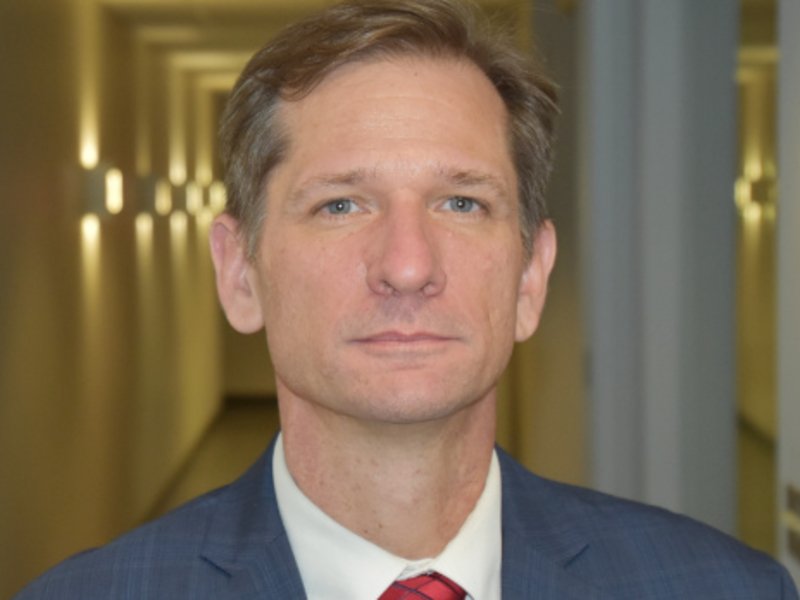
Harry Truman, when he was president, is said to have demanded a one-armed economist. He was frustrated, the legend went, because none would give him straightforward policy advice — they all said “on the one hand” this “and on the other hand” that.
Jonathan Smoke still has both of his arms, but the chief economist for Cox Automotive has a decidedly bullish outlook on the auto industry. I interviewed him for the “Daily Drive” podcast last week, and it was almost like pulling teeth to get him to utter a discouraging word.
“We have at current count $3.6 trillion sitting in bank accounts that did not exist prior to the pandemic, because of the massive amount of savings that consumers have accrued,” he said. He projects years of growth to come, and said “we’ve got more risk to the upside, frankly, than I think we have to the downside.”
But let’s talk about the risks a little.
The labor market is still walking a bit of a tightrope, with several states cutting enhanced unemployment benefits — which have been crucial to propping up consumer activity over the past year — to encourage more people to take the jobs that are now available.
“We probably are not going to see a smooth descent in the unemployment rate, all the way to full employment levels,” but over this year and next year, “we’re heading back to where we were prior to the pandemic.”
The numbers may be lumpy from week to week, but in the end the jobs and the people will find each other.
Credit is another crucial input — and another one Smoke sees as likely remaining favorable, unlike during the previous recession, which started with a credit crisis.
This time, the economic-policy risk scenario (limited as it may be) starts with inflation: Consumers flush with cash bid up the prices of scarce goods, which could lead to a reinforcing cycle of higher prices that forces the Federal Reserve to tighten up lending to cool things off.
But Smoke said that doesn’t seem to be the case.
The auto industry, for instance, is a serious driver of inflation these days, but the current price increases, he said, are mostly “transitory” or short term.
“It’s related to supply-chain bottlenecks and labor bottlenecks, and I think that we’ll get through this period and we likely are not going to see interest rates dramatically change — certainly not dramatically changing for the worse this year, or even next year.”
Of course, there are always surprises — sometimes horrible ones, such as a rogue virus that goes global and kills some 4 million people.
Aside from another such “black swan” event, he said, if the forecasts are wrong, it’s more likely to be that production picks up faster than currently projected — increasing sales, profits and jobs.
Could production pick up too fast and flood the market? Pfft. That doesn’t seem plausible.
Could consumer demand collapse? Not likely, either.
To be clear: This unbridled optimism is data-driven, not a product of Smoke’s sunny disposition.
“I have a track record of living through the worst of times you can possibly imagine in the housing market” as a real estate economist during the previous recession. “So it’s exciting when I can double down and defend a more optimistic outlook.”
You’ll need both hands to applaud that attitude.